TREES PROVIDE THE oxygen we need to breathe, absorb dangerous substances that seep into the soil, reduce noise, store carbon, and are the home of many wonderful creatures. Besides keeping us all alive, trees are also a treat for the eyes. Tree tunnels are especially beautiful, as they seem conjured out of fairy tales or romantic poetry. Whether they are naturally formed, planted, or built to look like a magical passageway, the natural pergolas are sights to see. Here are the seven coolest tree tunnels from around the world to check out.
1. Jozenji Avenue — Sendai, Japan
Photo: rujin/Shutterstock
About an hour and a half to two hours from Tokyo by bullet train, Sendai is the capital of Japan’s Miyagi prefecture and is known as the “City of Trees.” The name is apt as the northern city has an abundance of parks and tree-lined streets. But nothing is more emblematic of the City of Trees than Jozenji Avenue, a street running east to west through the middle of the city that’s filled with zelkova trees. On the eastern end are the Kotodai and Nishikicho parks, and on the west side is West Park, which is also a great spot to see cherry blossoms come springtime. It’s a great spot for a walk among nature without having to leave the urban core, and there are benches along the way in case you need to sit to fully appreciate the beauty of the place.
2. The Dark Hedges — Northern Ireland
Photo: Michael Rocktaeschel/Shutterstock
Perhaps one of the most well-known sights in Northern Ireland — thanks in part to HBO’s Game of Thrones — the Dark Hedges are a series of beech trees about an hour away from Belfast. The intertwining trees lead up to Gracehill House, a Georgian estate built in 1775. The original purpose of the trees was to impress visitors as they made their way up to Gracehill House, though now the trees are a must-see spot in themselves. In GoT, they stand in as the Kingsroad, a road with Castle Black in the North at one end and King’s Landing in the South at the other. The estate is now privately owned, and some of it is part of a golf course and hotel. To get to the Dark Hedges, you can take a bus, drive, or head out with one of the many tour operators from Belfast.
3. Canal du Midi — Toulouse, France
Photo: Yuryev Pavel/Shutterstock
The Canal du Midi, a UNESCO World Heritage site, was built between 1667 and 1694 to connect the waters of the Atlantic Ocean and Mediterranean Sea and provide a shorter alternative to passage through the Gibraltar Strait for the delivery of goods. Covering a distance of 223.6 miles, it begins around Toulouse and ends in Sète, passing through small towns and villages along the way.
You can’t go wrong no matter which part of it you decide to visit, as the entire length of it seems taken right out of an idyllic painting. It’s lined with thousands of lush trees, many of which are a variety known as plane trees, but a persistent fungus required that a number of them be cut down and burned; France’s waterways authority has promised to replant the trees to replace the diseased ones. In addition to walking along the canal, cycling is another popular option for travelers. From Toulouse, you can also cruise down the canal for a short amount of time or spend days going from town to town by boat; boats can either be self-driven or used with a guide.
4. Cypress tree tunnel — California, United States
Photo: Radoslaw Lecyk/Shutterstock
Monterey cypress trees that were planted around 1930 lead the way up to the historic KPH radio receiving station in Point Reyes, California. The trees were planted as a grandiose demonstration of the honor that RCA, an electronics company, bestowed on the radio project. In its prime, the station provided ship-to-shore communication via telegrams with Morse code and radioteletype. It was one of the first radio stations in the world and was the only commercial Morse code station still in use in the US until the early 2000s; every year on July 12, volunteers commemorate the last commercial Morse code transmission by putting KPH on the air. While it is no longer operational for commercial purposes, guided tours of the station are offered from 12:00 PM to 5:00 PM.
5. Jacaranda-tree-lined suburban streets — Pretoria, South Africa
Photo: Vanessa Bentley/Shutterstock
Jacarandas are native to South America, but since their initial importation from Brazil, they’ve come to be synonymous with South African flora. Pretoria, one of South Africa’s three capitals, is nicknamed “Jacaranda City” due to the sheer number of jacarandas that bloom every year, draping the city in a purple hue. The first two jacaranda trees were planted in 1888 by J.D. Celliers on his home’s land, and a plaque honoring that is on the same property, now Sunnyside Primary School. While you can see jacarandas lining almost every suburban street in Pretoria, one great spot is Celliers Street, named after the man behind it all. Blooming takes place between late September and November in South Africa.
6. Tunnel of Love — Klevan, Ukraine
Photo: GoodMan_Ekim/Shutterstock
The Tunnel of Love in Ukraine surrounds railways tracks that are still in use, but it’s also a popular destination among newlyweds and couples. Legend has it that if two lovers walk through the tunnel while holding hands and their love is sincere, their wishes will come true. Visiting here will take a bit of patience if you want to go by public transportation as it’s located in the small town of Klevan. The closest town to Klevan with a variety of transportation options is Rivne, which you can get to by bus or train from Kiev; from Rivne to Klevan, you can again choose between a bus or train — be aware, however, that trains are less frequent than buses, but the train from Rivne to Klevan will get you closer to the tunnel.
7. Viale Ceccarini — Riccione, Italy
Photo: GoneWithTheWind/Shutterstock
Viale Ceccarini is one of the main streets in Riccione, a seaside Italian town on the Adriatic Coast. It was built toward the end of the 1800s and was renamed in 1912 after its benefactor, Maria Boorman Ceccarini. Bound by tall pine trees, the lively street is known as a social hub for locals and tourists, with many shops, cafes, bars, cafes, and restaurants. 
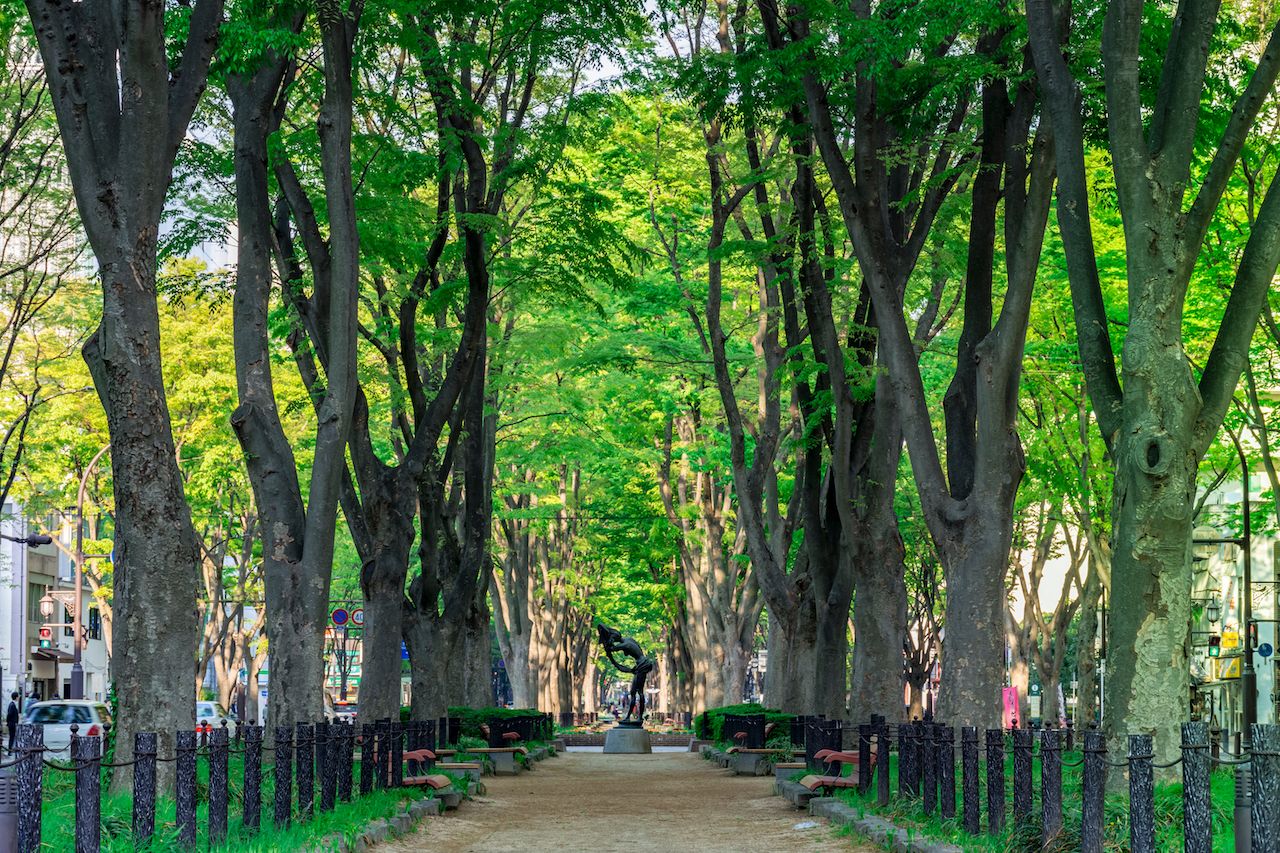
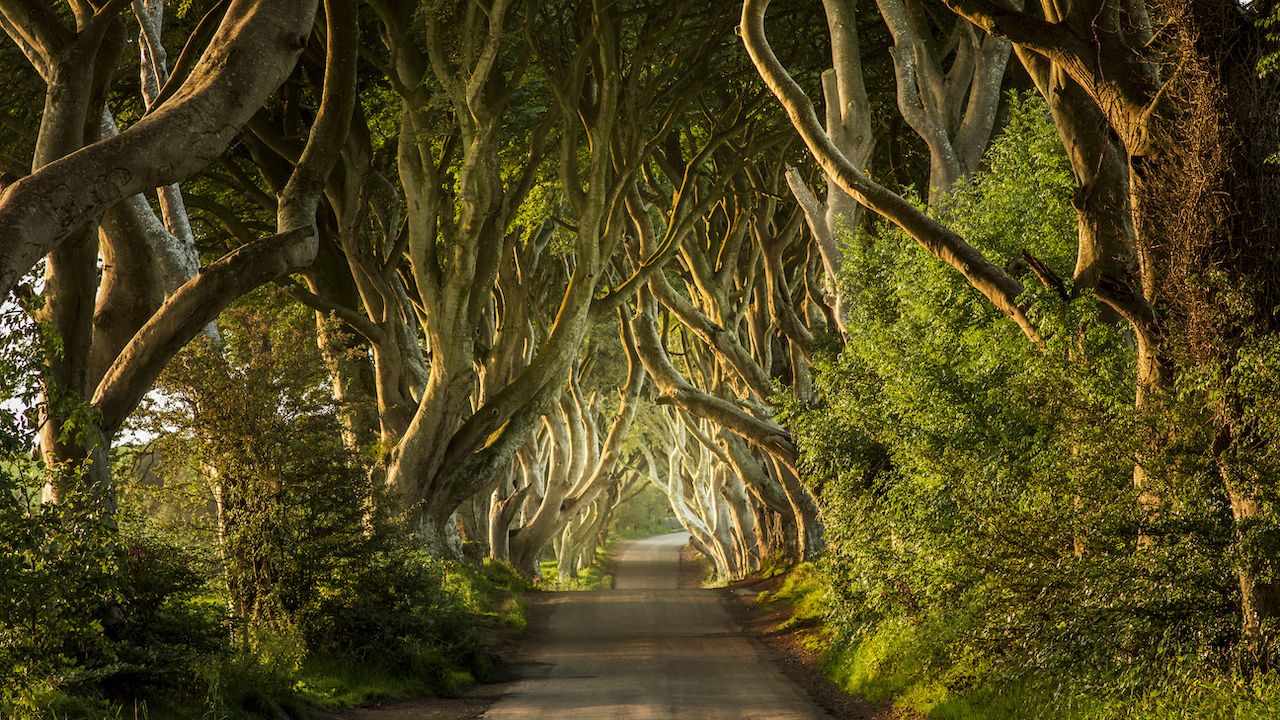
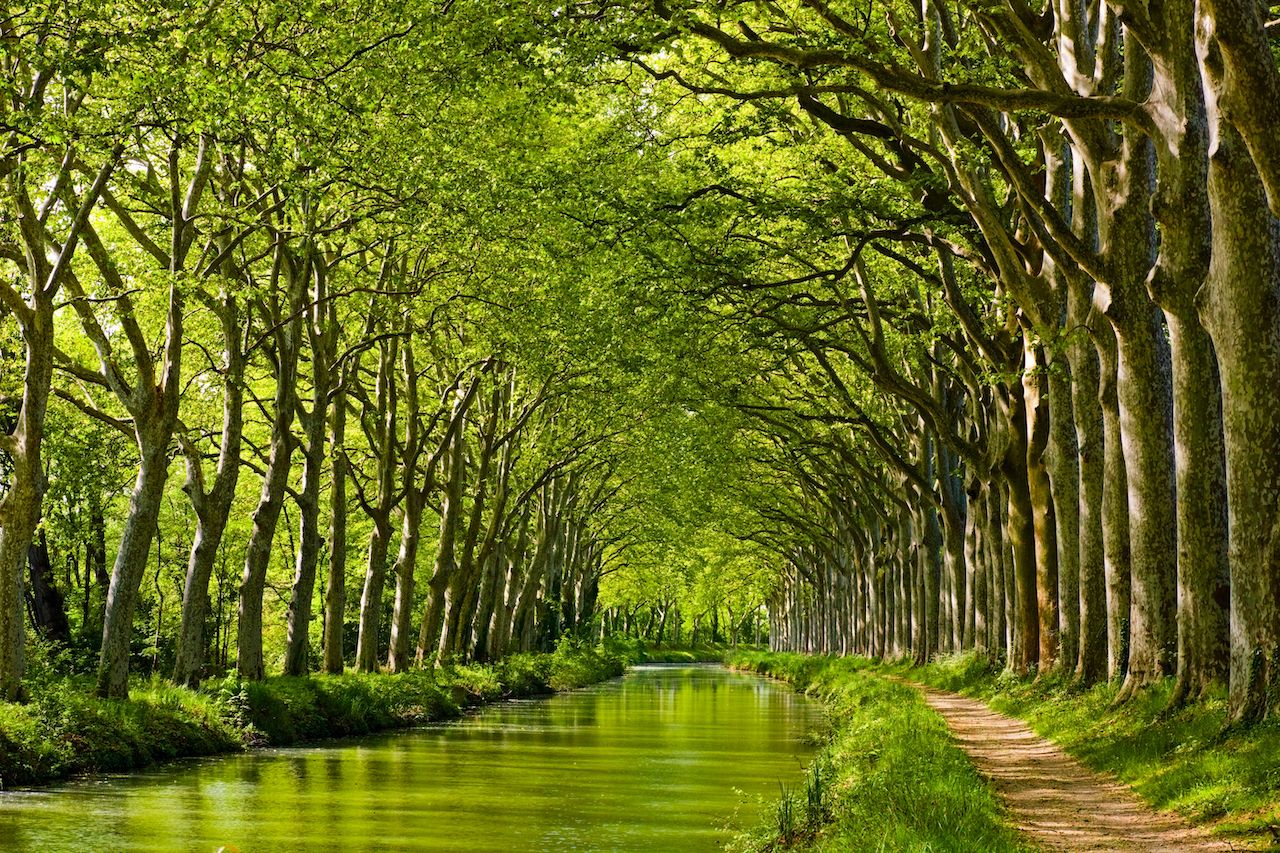
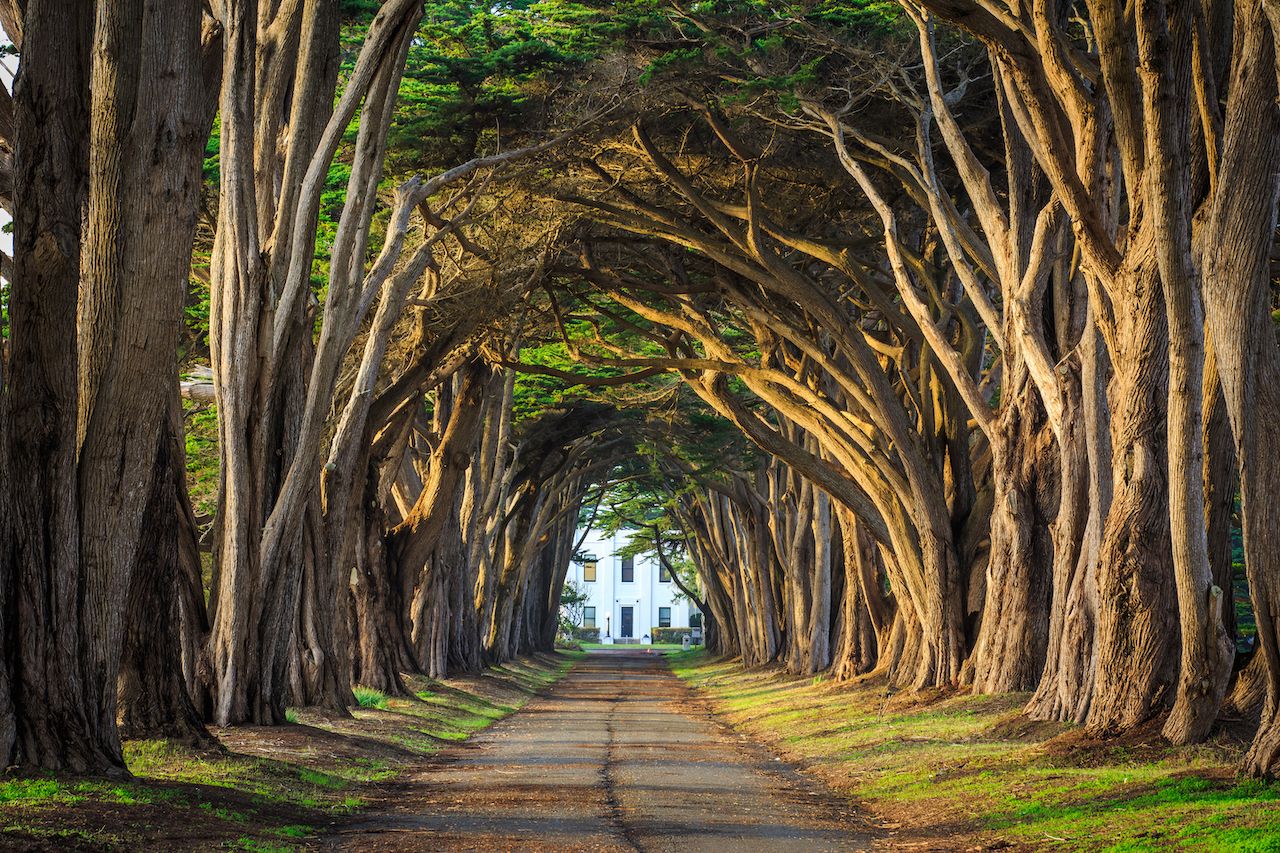
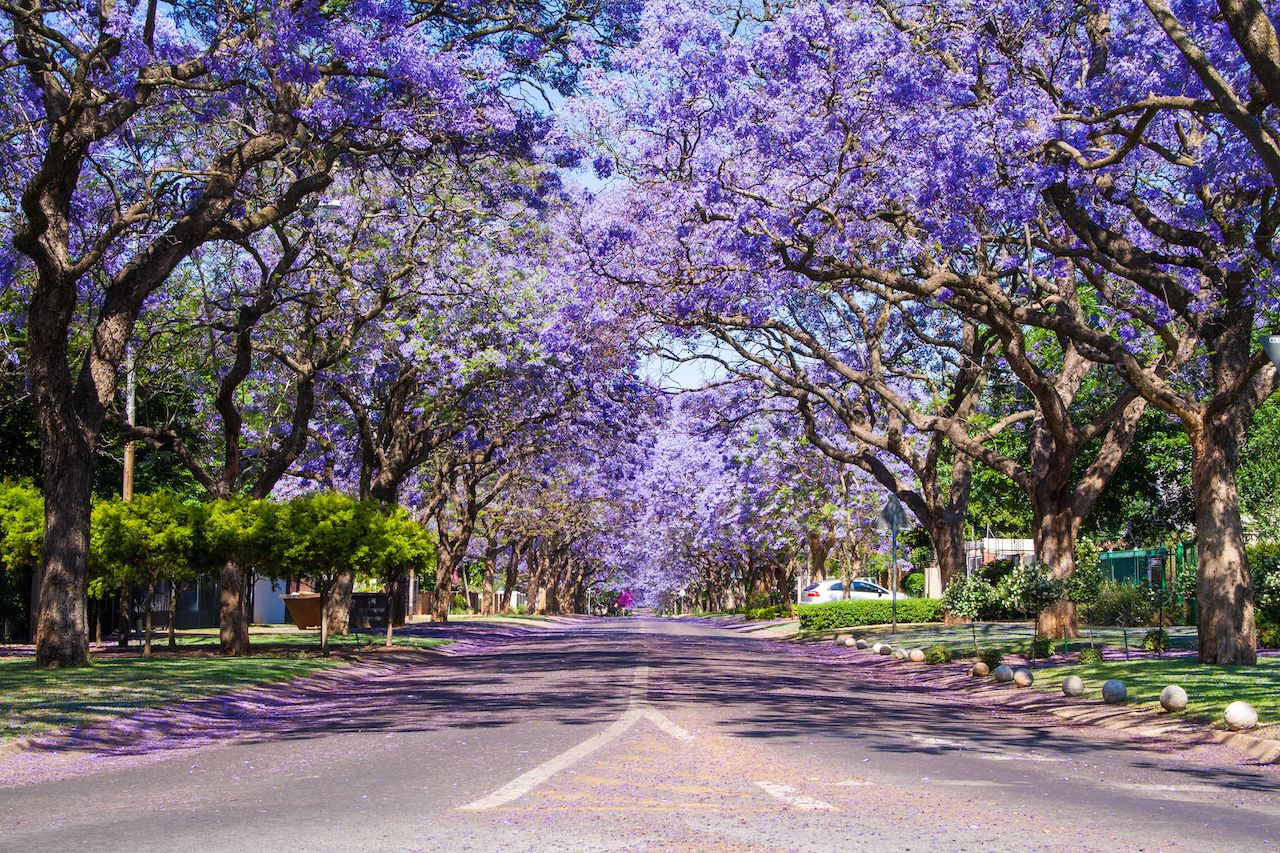
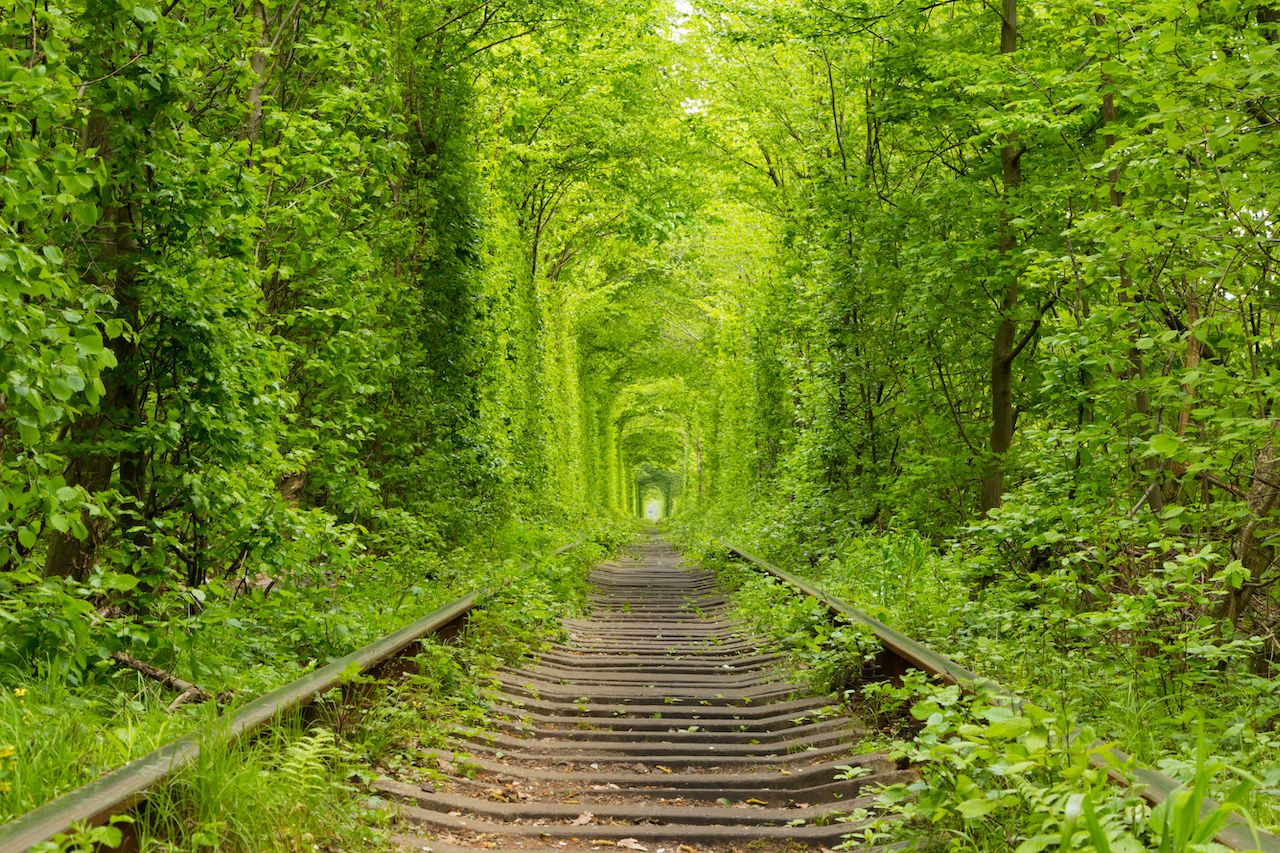
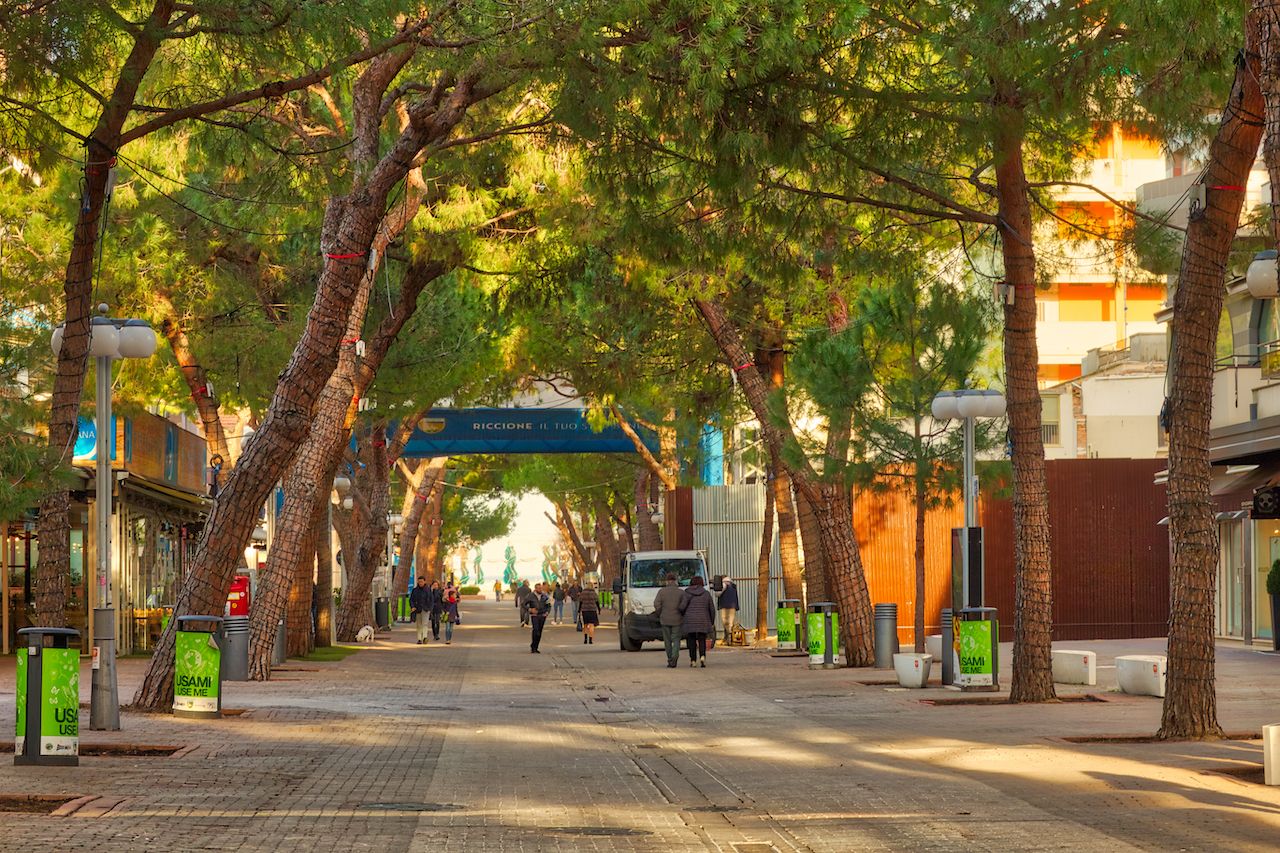
No comments:
Post a Comment